Vintage Tribal Kilim Runner 3' 6" x 11' 8" (42" x 140")
Type:
Kilim RugsCollection:
Tribal Runners, Black FridayID:
K0070866Size:
Material:
The designs feature a rich array of symbols representing tribal culture and Anatolian motifs, often in the form of medallions, diamonds, and other geometric shapes.
The designs feature a rich array of symbols representing tribal culture and Anatolian motifs, often in the form of medallions, diamonds, and other geometric shapes. These kilim runners are ideal for hallways and narrow spaces, offering a touch of ethnic charm and artisanal quality to any interior.
Herki kilims not only serve as functional floor coverings but also as artistic expressions of tribal identity, making each rug a unique cultural artifact.
Design Elements
- Pattern:
- The rug features a bold geometric design, consisting of repeating hexagonal and diamond motifs.
- Interspersed are lines and zigzag patterns, creating a sense of rhythm and flow.
- Texture:
- Composed of wool, which adds a tactile experience and enhances durability.
- The weaving technique emphasizes craftsmanship and tradition, contributing to its vintage appeal.
- Borders:
- The rug features multiple borders that frame the central motifs and designs, giving the piece a finished and contained look.
Colors
- Earth Tones:
- The color palette primarily consists of warm earth tones, such as browns and beiges
- These colors evoke a natural feel, reminiscent of the landscapes where tribal designs originate.
- Accent Colors:
- Bright hues such as reds provide striking contrast against the muted earth tones.
- These vibrant colors draw the eye and highlight specific motifs, adding depth to the overall design.
- Symbolic Colors:
- Red often represents strength and passion, while blue can symbolize protection and peace.
- Earthy tones signify stability and connection to nature, reflecting the lifestyle and beliefs of tribal cultures.
Main Motifs and Symbolism
- Hexagonal shapes:
- Often symbolize community and harmony, representing the importance of relationships within the tribe.
- Diamond patterns:
- Represent prosperity and wealth, reflecting the hopes and aspirations of the weaver.
- Zigzag lines:
- Symbolize the journey of life, often interpreted as the paths taken and the challenges faced.
- Overall Composition:
- The combination of motifs creates a balance of energy and calm, signifying a harmonious existence and connection with both community and nature.
Summary
The vintage tribal kilim runner boasts a rich tapestry of design elements and colors that reflect its cultural heritage. The geometric patterns, woven textures, and warm earth tones blend together to create a visually stunning artifact, while symbolism embedded in the motifs—such as community, prosperity, and the journey of life—invokes deeper meaning and connection to tribal traditions and values.
- Ships in 1-4 business days
- Only one in stock, handmade, unique
- Free shipping via FedEx Express. Easy returns
- Contact us or add a note to your order if you want us to delay your shipping.
- Request more info if you want this rug shorter or narrower
Colors may appear slightly different across various monitors due to screen settings device differences, and external lighting conditions. If color accuracy is important for your space, we recommend viewing the rug on multiple devices or contacting us for a detailed color description. We can provide detailed photos and references using Sherwin-Williams, Benjamin Moore, Pantone, or even Crayola crayons.
You can also visualize most of our products in your own room with AR (augmented reality) on an iPhone or iPad.
Return Policy
Need a rug pad? We recommend RugPadUSA
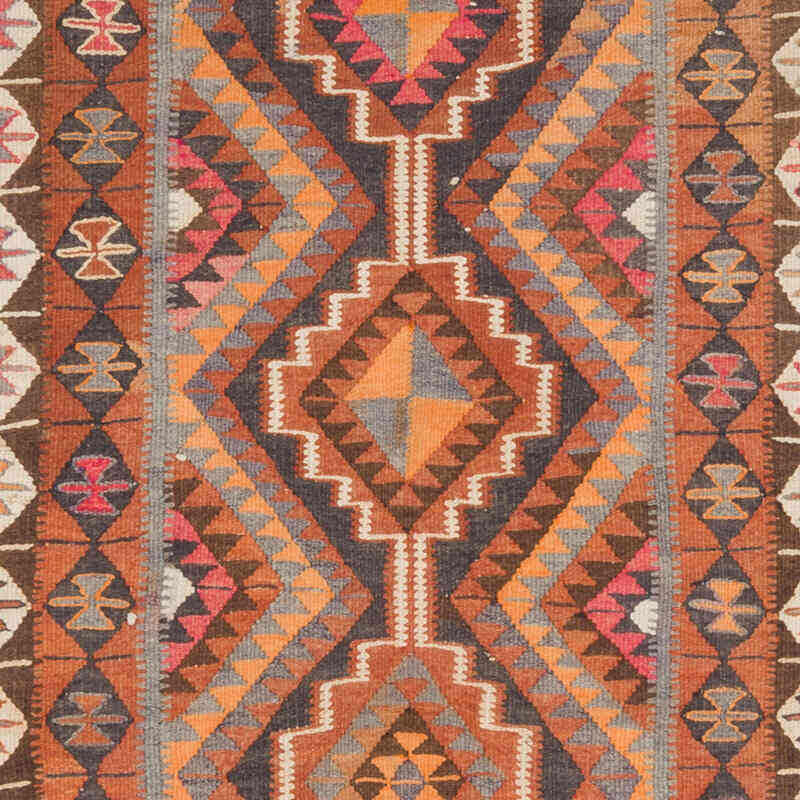
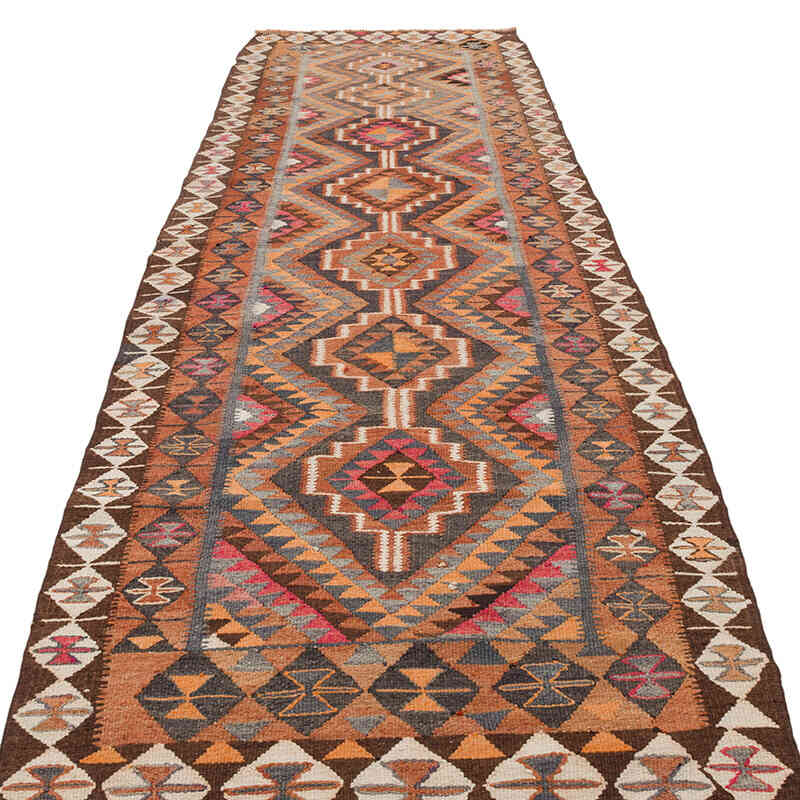
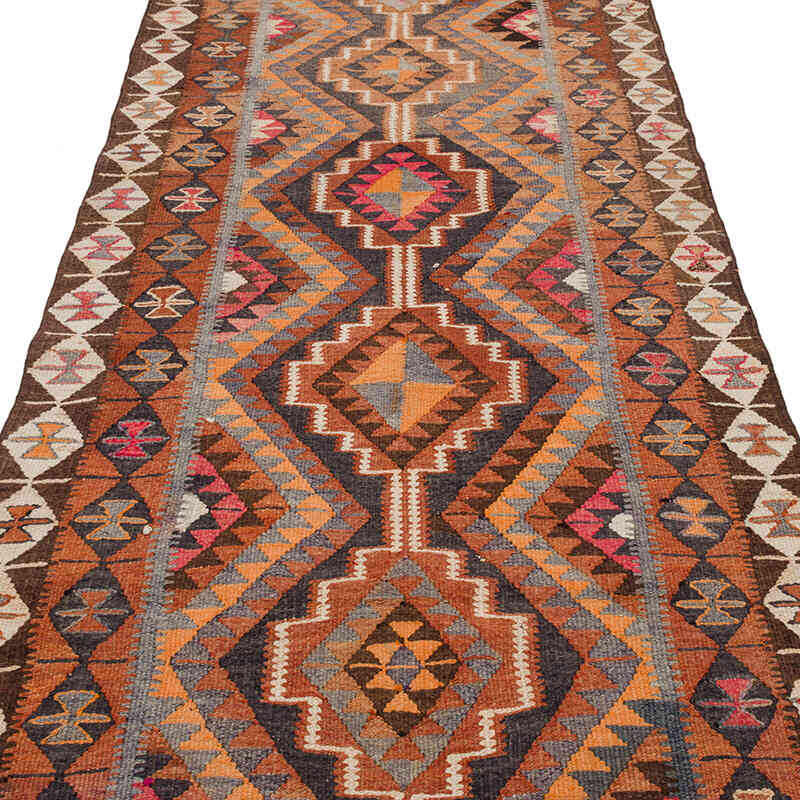

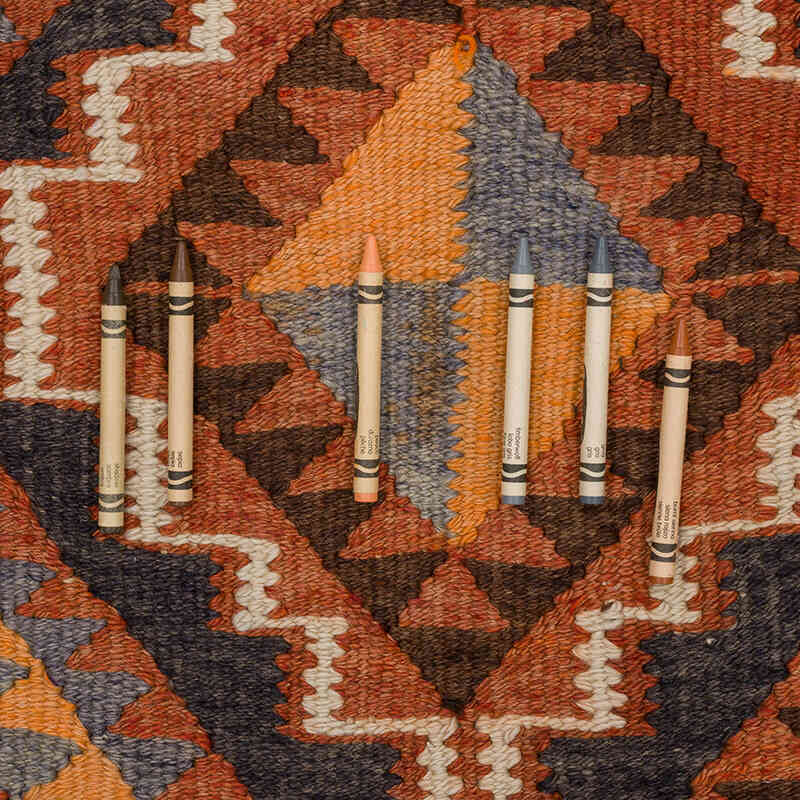
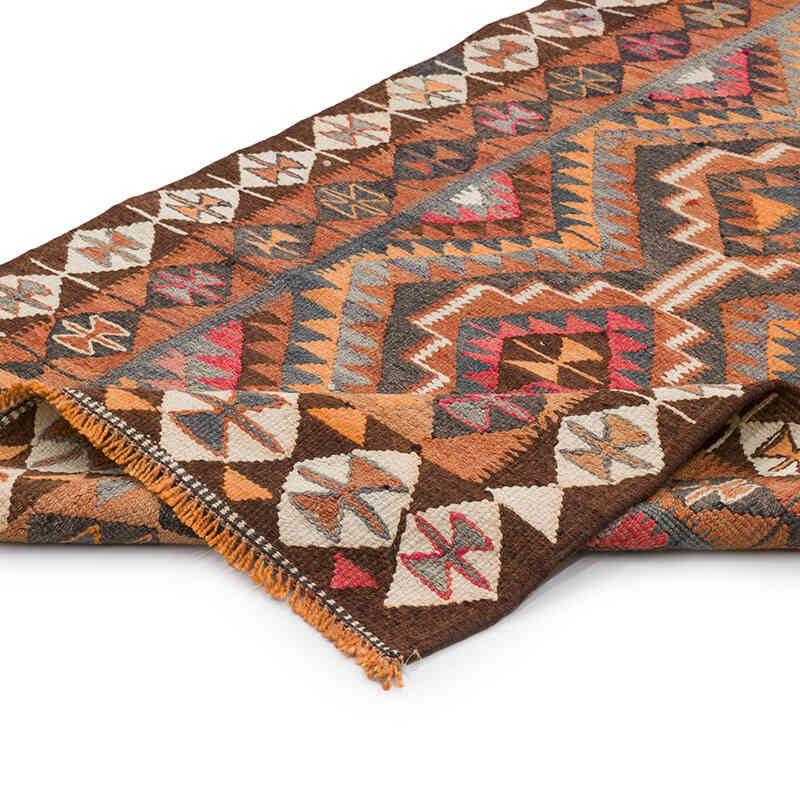
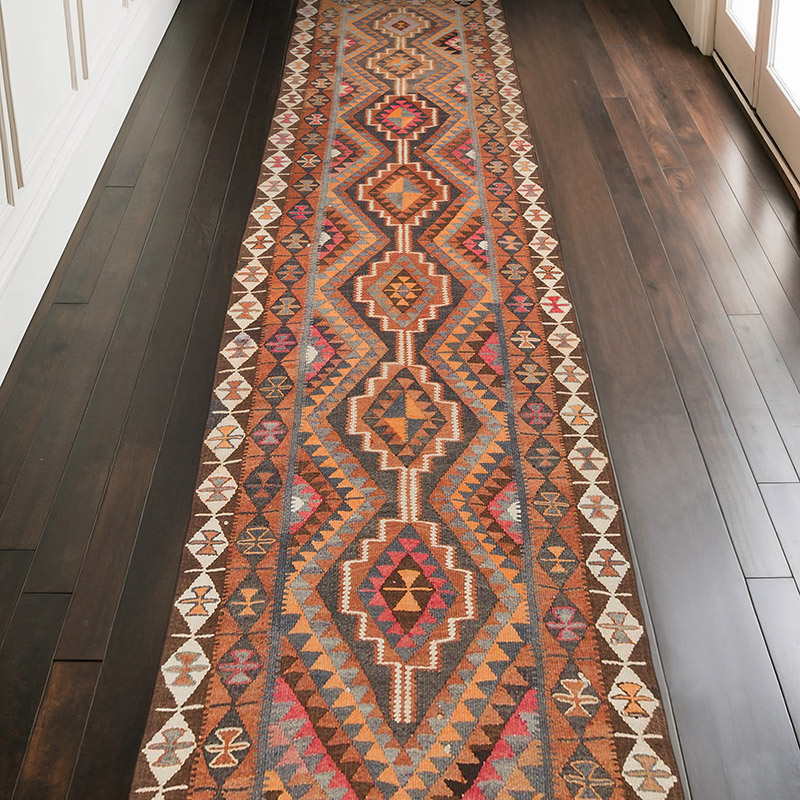
















I bought 2 incredible rugs from Kilim…